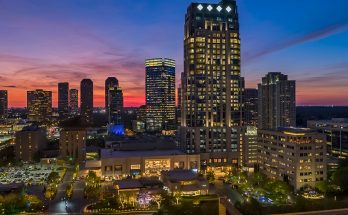Ho Chi Minh Mausoleum
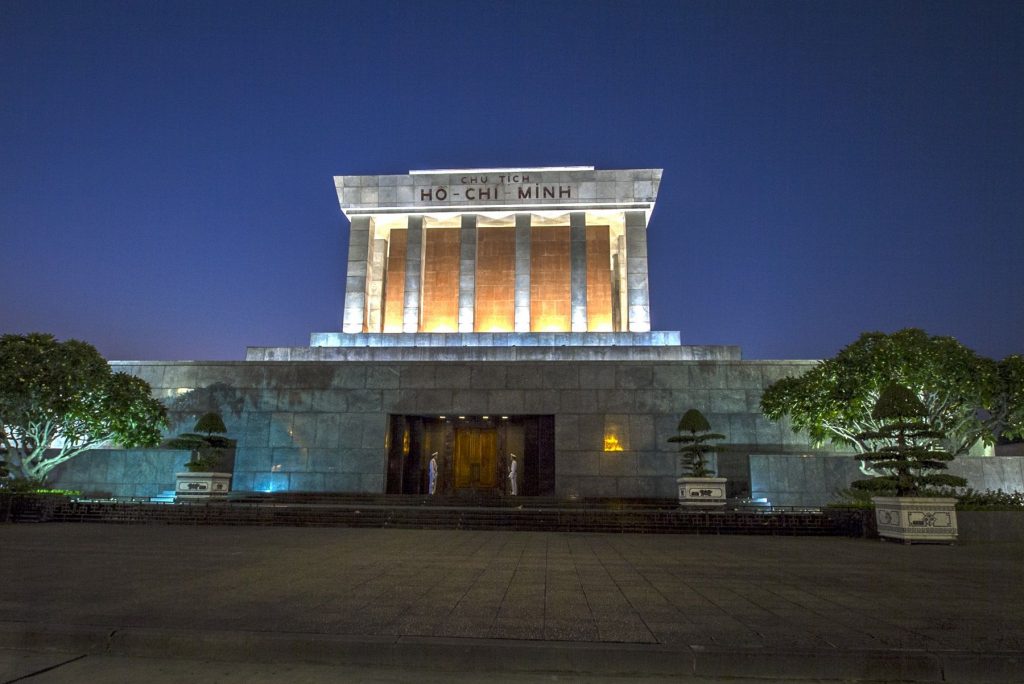
The Ho Chi Minh Mausoleum stands out from its surroundings and is the final resting place of Ho Chi Minh, a famous Vietnamese communist revolutionary leader who was prime minister and then president of the country. This marble building could be described as the Holy Grail of the Vietnamese, with thousands every year making a pilgrimage to the site to see the body of Ho Chi Minh encased in its glass sarcophagus.
Visitors may also get a glimpse of the changing of the guard at the mausoleum, which is similar to the process that takes place at Buckingham Palace.
One Pillar Pagoda
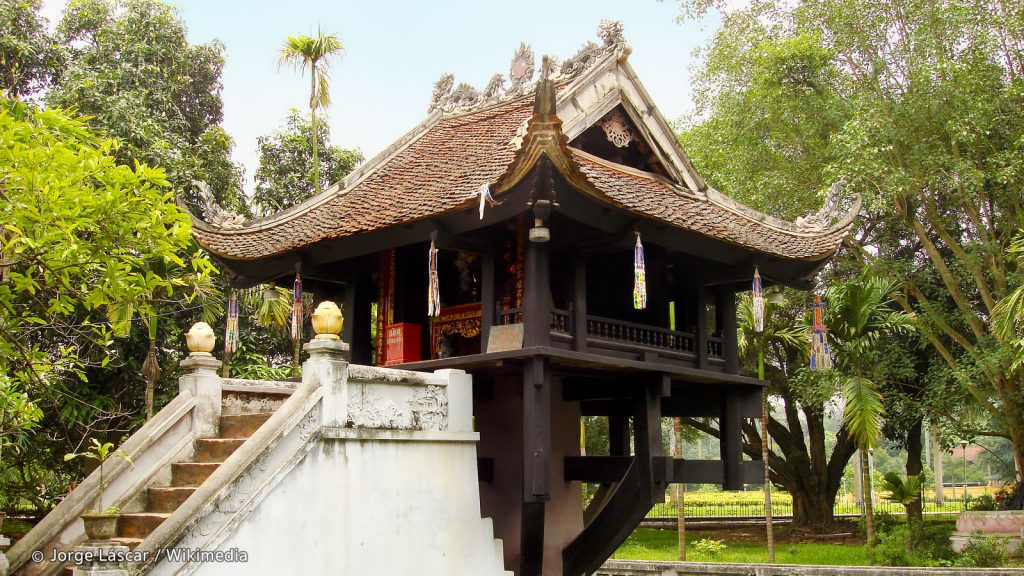
The One Pillar Pagoda is one of the main attractions in Hanoi and reflects the amazing architecture that the country has to offer its visitors.
The pagoda was built in 1049 when the emperor at the time, Ly Thai To of the Ly Dynasty, prayed to Buddha for a boy after previously being unsuccessful. A few months later, his wife gave birth to his only son and to celebrate he built what is today known as the One Pillar Pagoda.
The Temple of Literature
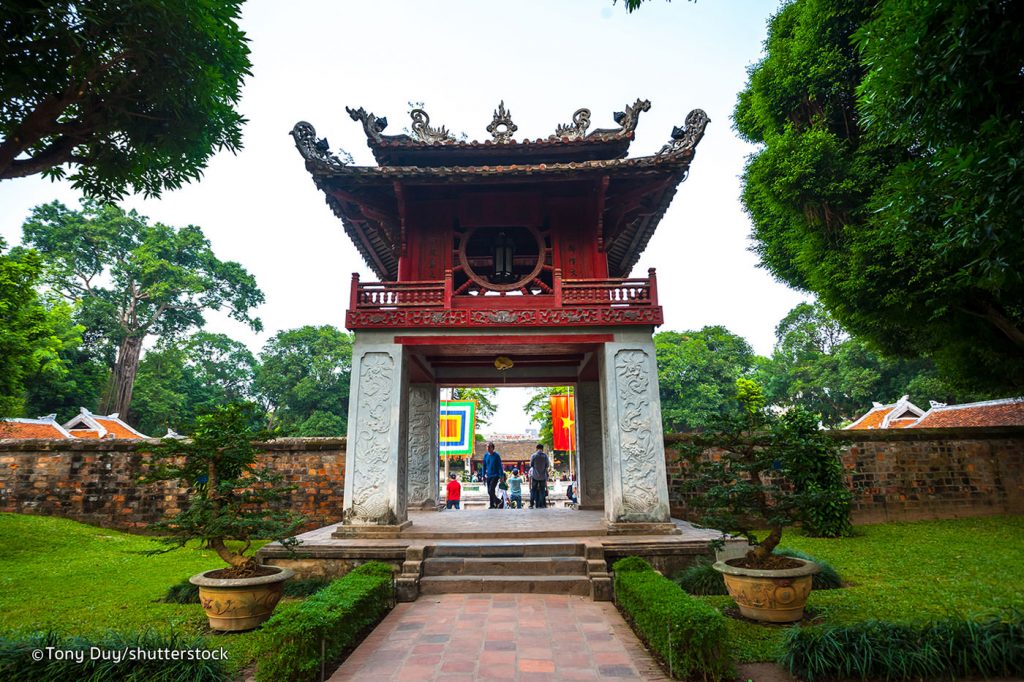
The Temple of Literature is Vietnam’s first university and is also a popular destination with visitors as a home to ancient temples and sanctuaries, many other examples of amazing architecture and some stunning gardens.
The temple is a tranquil haven, especially when compared to the hustle and bustle of the city outside, and will give holidaymakers a much greater understanding of Vietnamese culture and traditions.
Hoa Lo Prison
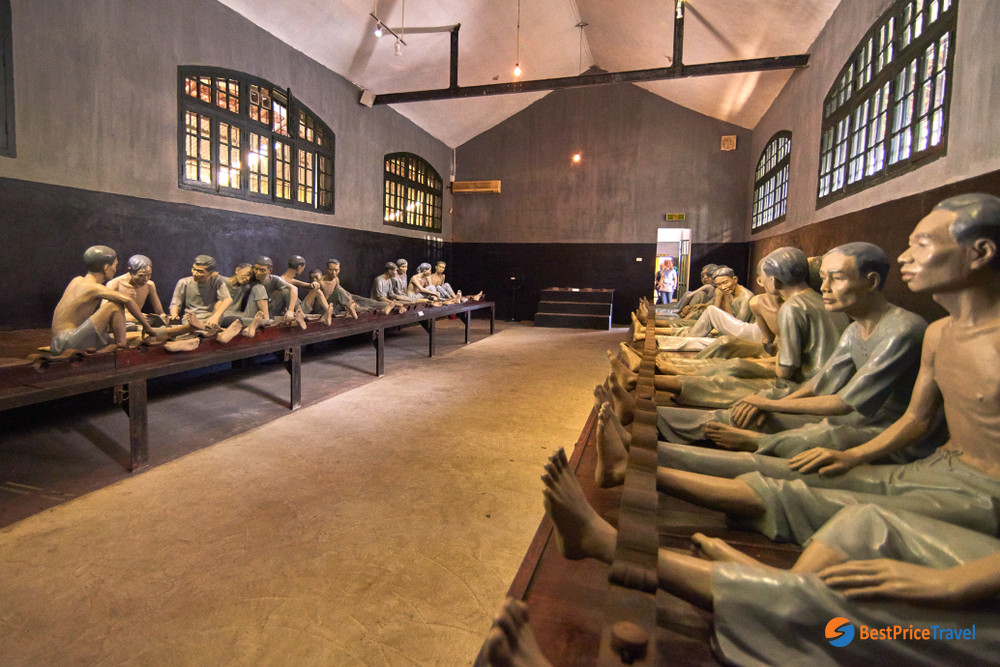
The Hoa Lo Prison, satirically known by American soldiers as the ‘Hanoi Hilton’, was a prison used to hold prisoners of war during the Vietnam War, and before that by French colonists to hold political prisoners.
Now a museum and popular tourist attraction, the Hoa Lo Prison shows visitors what life was like for prisoners and what sort of conditions they lived in, focusing particularly on the political prisoners of the early 1900s.



